Written by: Crystal Maertens
This article covers a topic that is part of Champ Software’s Expert Webinar series, in which subject matter experts present on trending or urgent public health topics. Join our mailing list here to receive expert webinar invitations.
Download this article to read later
In September of 2021, Patrick Stieg presented at one of Champ Software’s Expert Webinars, offering tips for meeting with state and federal elected officials for the purpose of public health advocacy.
Patrick Stieg is a Certified Health Education Specialist with 35 years of professional experience in public health education, health promotion, and policy development. His career has spanned 17 years in state and county public health departments, 12 years at a voluntary health organization at both the national and state levels, and 6 years at a health plan. He also has extensive experience at the national, state, and local level in public and professional education, as well as experience in public policy advocacy around the primary prevention of chronic diseases. Patrick volunteers on several statewide health-related boards and commissions, as well as government parks and trails and recreation commissions at the municipal, county, and state levels.
Why is Public Health Advocacy Important?
Patrick Stieg began his presentation by addressing his decades-long career of educating, advocating for, and lobbying elected officials at the local, state, and national levels. “I’ve learned early on in my career the importance and powerful impact that public policy can have on people’s health, both positively and negatively. I decided I needed to be more engaged in public policy efforts if I was going to have the greatest impact possible, as I strive to make a meaningful difference in the health of populations.
Patrick shared a number of reasons why advocacy is important, specifically to public health personnel:
Public health advocacy is part of the public health mission.
“In the public health profession, you know, we’re committed to ensuring that the conditions exist for all people to achieve their optimal health status throughout their lifetime. And we also know that whether or not these conditions exist is strongly influenced by public policies, again, either at a local, state, or federal level,” Patrick said.
Voting is part of public health advocacy.
Patrick went on to say that “democracy is not a spectator sport,” making the point that the people who influence and create public policies are elected, from the White House level to the city council level.
“If we want to have good public health policy, we first need to have good public policymakers,” he said.
Ensuring good public policy is part of creating public health solutions.
“In public health, we identify public health problems and then work to implement effective solutions to reduce or eliminate the problem and therefore improve public health. Frequently, part of the solution may lie within a public policy,” Patrick pointed out.
He went on to talk about how the public policies that impact the health of people are many and varied. Ultimately, public policies are part of the social determinants of health. “In his 2020 book called ‘The Political Determinants of Health,’ Daniel Dawes of the Satcher Health Leadership Institute presented the case that many challenges that we recognize as social determinants are the result of political determinants, with a public policy decision being the driving reason that they exist.”
Your voice matters.
Patrick said, “It is a choice to raise your voice, and it is a choice to take action.” He pointed out that elected officials are overwhelmed with information on countless issues but often have limited knowledge about them. He encouraged his audience to be a reliable and trusted source of information for their elected officials.
Patrick also discussed how the number of voices weighing in on a particular issue can impact the outcome of their elected official’s vote on that issue: “I once encountered an elected official who simply kept a tally of how many of his constituency he heard from who were in support of a bill or were opposed to it and that’s how he made his decisions on how he would vote on that bill.”
Having Your Message Heard
Just as when communicating with anyone, there are several options for how to communicate with an elected official for the purpose of public health advocacy. However, the more personable the communication method, the more impactful it can be. Some options include:
- Letter
- Phone call conversation
- Virtual Meeting
- Face-to-face meeting
Am I lobbying? Can I lobby?
Patrick addressed a concern he often hears: Is it legal for government employees to communicate with their elected officials about policy? He stressed that a number of factors affect the answer to this question, but primarily, things to consider are:
- What do you plan to say?
- Who do you plan to represent—you or your organization/employer?
What do you plan to say?
Patrick encouraged his audience to consider the outcome they were hoping to see from their meeting with their elected official: “Is there something you want them to know, is there something you want them to feel, or is there something you want them to do?”
Overall, there are three main purposes for communicating with an elected official, depending on the outcome you’re hoping to see:
- Educating: Your objective is to ensure your elected official is informed about a public health issue and possible actions that might be taken to address it.
- Advocating: Your objective is to share your desire to see specific actions taken to address a public health issue.
- Lobbying: Your objective is to ask your elected official to either support or oppose a specific piece of legislation that has been introduced.
A meeting for the purpose of public health advocacy could also be a combination of all three objectives. You want to be clear about what your objective is and that what you are communicating is in line with your objective.
Who do you plan to represent?
Patrick stressed that, no matter what your objective, it was vital to determine whether you are furthering that objective as a representative of an organization, such as your employer, or as an independent resident constituent.
- Representing an organization: If you plan to represent an organization/employer, you want to be absolutely sure the organization knows you plan to meet with the elected official as a representative of that organization and that the organization approves your message.
- Representing yourself: If you plan to represent yourself as an independent resident constituent, you have much more freedom with what you can say. Patrick stressed to his audience that in this case, nothing about the meeting before, during, or after can be tied to your organization or employer. This includes using telephones, computers, transportation, etc. that belong to your employer or the organization. It is also important not to do any of this during work time or time that belongs to the organization.
It’s your responsibility to make it clear to your elected official who you are representing.
Anyone can share their message with an elected official. It’s just important to know the rules and be clear about your purpose and who you’re representing. “As a citizen of the United States, there’s always a way for you to educate, advocate for, and lobby elected officials no matter where you work,” Patrick concluded.
Setting Up a Meeting
When thinking about how to go about setting up a meeting with your elected official, Patrick outlined a couple of options:
Participate in a “Day on the Hill” event:
You can participate in a “Day on the Hill” event that is being coordinated by an organization or coalition you are affiliated with. Most of the legwork in setting up the meeting will be done for you. You’ll need to provide the organization with your home address so they can determine who your elected representatives are. The organization will most likely schedule a time for you to meet with those individuals, whether at the state or federal level. If there are others from your district participating in the same event, you’ll likely all be part of the same meeting. Plan to keep your whole day open so that event organizers can plan the meeting around the elected official’s schedule.
Set up your own meeting.
You can set up your own meeting, either as an independent resident constituent or as a representative of an organization. You’ll first need to know who your elected representatives are and how to go about meeting with them.
- Contacting the President: You can send a message to the President online or call the White House switchboard at (202-456-1414) or the comments line at (202-456-1111) during business hours.
- State and local elected officials: This information is available at www.usa.gov/elected-officials/. By entering your address, you will get a list of your county, local, and state officials, as well as information on how to contact them.
Preparing for Your Meeting
Once you’ve set up a meeting with your elected official, you can begin preparing.
Consider who you’ll be meeting with:
“At the state level, you will likely be meeting with the legislators themselves,” Patrick said. “In many states, these elected officials have little or no staff support.” He did stress, however, that some larger states do have staff support, and those staff “may be designated to take meetings with constituents when the elected official is unable to do so. And similarly, this is common at the federal level. Sometimes you get a chance to meet with your elected official, but oftentimes you’ll meet with a staff person.”
Understand your objective:
You’ll want to be clear on whether you are there to educate, advocate, lobby, or some combination of all three.
Understand the issue:
You want to understand the issue that you’ll be talking about in order to best get your message across. Patrick clarified, “This does not mean you have to be a subject matter expert on everything you’re talking to elected officials about. It usually means having a combination of data as well as examples or stories of how this issue is impacting real people. And those real people might be you; it might be your family, your neighbors, your coworkers, or others who live in the district or the state.”
Anticipate questions or concerns.
Patrick instructed his audience to be prepared to address questions or concerns that might arise from their elected officials about the issue. To anticipate questions or concerns, Patrick encouraged his audience to learn where their elected official stands on the issue if possible. “This may come from things they have said or because they have signed on as a co-sponsor of a bill, for example. And perhaps you know the position that their party caucus has taken on the issue. Perhaps you know something about their personal lives that may be informing their knowledge, their experience, or their position on the issue.”
Practice:
Patrick told his audience to plan on the meeting lasting no longer than 15 minutes: “If you’re going to the meeting with this person alone, have your talking points organized to achieve your meeting objectives, as those 15 minutes will go by very quickly. If you and other constituents will be meeting together with the elected official or their staff member, determine beforehand with those other folks who are going to say what and in what order so you are organized, you use your time wisely, you avoid duplicative remarks that are not very helpful, and ultimately, you achieve your meeting objectives.”
Conducting Your Meeting
Arrival:
While you’ll want to plan to arrive a little early (perhaps 5 minutes), Patrick noted you shouldn’t arrive so early you become an annoyance. If this will be your first time visiting that location, allow yourself plenty of travel and parking time, as well as a cushion of time in case you get lost.
Patrick also reminded his audience that elected officials are very busy each day and can have sudden schedule changes. “Don’t be surprised if you discover your meeting is unexpectedly delayed or canceled, or your plan to have a 15-minute meeting suddenly becomes a 5-minute meeting or even less. So, you’ve got to be prepared to adapt, kind of go with the flow, and still achieve your objectives if at all possible.”
This is why it’s important to know your objective and be able to state it in 30 or 60 seconds, if necessary.
Introductions:
You’ll want to introduce yourself at the start of the meeting and clarify whether you are there as part of a “Day on the Hill” event or representing yourself.
Patrick discussed the importance of making a good impression from the start. For instance, if you are greeted by your elected official’s legislative assistant or other staff member, “I would suggest being very nice to them. They are kind of the gatekeeper to if or when you actually have your meeting with the elected official, both today and perhaps ever again.”
Patrick noted that if your elected official can’t meet with you and sends a staff member to meet with you instead, “you should treat them just as if you were visiting with the elected officials themselves.”
Overall, Patrick advised, “You want to use all of your interactions to build a good respectful relationship, even if you find that you are not in agreement with them on the issue on that particular day.”
Maintain control of the meeting.
“In conducting the meeting, remember to maintain control of the meeting,” Patrick advised. It is important to maintain focus so you can achieve your objective.
“This means, for example, not allowing too much chit chat to occur by either you or them on things like the weather, your families, etcetera, or you’ll very quickly find that you have run out of your allotted time and you will need to leave, simply because the elected official or staff person has to move on to their next appointment,” Patrick cautioned.
Chit-chat can also be a way for the elected official to avoid discussing the issue. Politely steer the topic back to your agenda.
If you accomplish your meeting agenda early, that is the time to chit chat, get to know your elected official, or ask if they’d like to take a photo with you or your group. A photo can be a useful souvenir for you or your organization.
Present relevant data and stories:
Some elected officials love data. You’ll want to present some data relevant to your topic, but don’t overdo it.
“However, what most of them want to hear and [are] most strongly influenced by, or persuaded by, are stories of how the issue you are discussing with them is impacting real people in their district,” Patrick said.
Closing your meeting
Know where your elected official stands on the issue:
To close your meeting, unless your sole intention was to educate your elected official on an issue, you’ll want to know where they stand on the issue you met with them about. Patrick instructed, “You should know if they support your position, if they oppose it and why, or if they are generally undecided—and what else they might need in order to make a decision. If you leave without knowing this, you have not really fully achieved your meeting objective.”
Get contact details for follow-up:
Before leaving, ensure you know how to follow up with them and that they know how to reach out to you. You could exchange business cards if you are representing your organization or employer, or if you are meeting as an independent resident constituent, you could leave a personal business card with your personal contact information.
This is also a good time to leave them any handouts or concise material that can provide additional information about your issue. But Patrick cautioned, “Don’t leave too much material. They are busy people and don’t have time to do a lot of reading after the meeting.”
If your elected representative has questions or concerns, be truthful if you don’t know the answer right away. You can follow up after the meeting with more information or answers.
Thank your elected official for their time.
Patrick told his audience that the end of the meeting is the time to say, “Thank them for their time and for listening to what you have to say, even if they do not agree with you. And then, if they support your position, of course, thank them for their support.”
Post Meeting
Send a thank-you card:
Patrick encouraged his audience to send a thank-you card or letter within a day or two of the meeting to thank the elected representative for their time meeting with you to discuss the issue.
“And again, if they support your position, you can thank them one more time for their support,” Patrick said. You can also include any follow-up information you may have promised your elected official.
Report back to your employer or organization if necessary.
Lastly, Patrick reminded everyone that if you met with the elected official on behalf of your employer or an organization, you’ll want to update them that the meeting, how it went, and whether the elected official supports or opposes the issue you discussed. Your employer or organization may have additional information they could provide on your behalf as well.
Conclusion
Patrick concluded his presentation by saying, “So, congratulations! You have completed a visit with the senator or House member on an important issue for the noble cause of improving the health of the public—something that matters! Taking the time to have that meeting can have a very powerful impact.”


